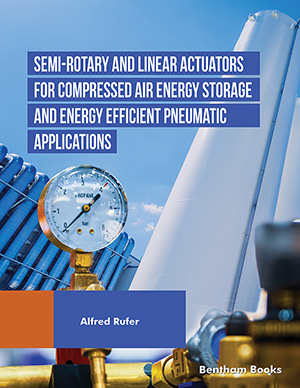Abstract
Effective, self-sustaining ‘vacuum technologies’, such as magnetron-enhanced plasma deposition processes, may be realized in virtually open space separated from the cosmos by a flexible gas barrier inflated by the functional gas pressure required by those processes. The key challenging aspects of the design and functioning of Ultra-low-pressure (ULP) inflatable structures, as well as their structural integrity in space environment including micrometeoroid attacks, are addressed on a quantitative level, and the main parameters are defined. It is shown that the transition from argon to xenon as a functional gas of vacuum technology would improve the gas barrier functionality of the ULP inflatable structures by one to three orders of magnitude. In conjunction with the recent advances in technology of elastomers, this makes the ULP inflatable structures already realizable and practical. The article includes brief analytical reviews of the recent research and patent publications in the relevant fields from the aspect of ULP inflatable structures.
Keywords: Space, space exploration, space technology, virtually open space, inflatable structures, ultra-low-pressure (ULP) inflatable structures, ultra-thin inflatable membranes, gas barriers, membranes, elastomers, fluoropolymers, vacuum technology, magnetron sputtering, plasma deposition, xenon, micrometeoroids.
 5
5














